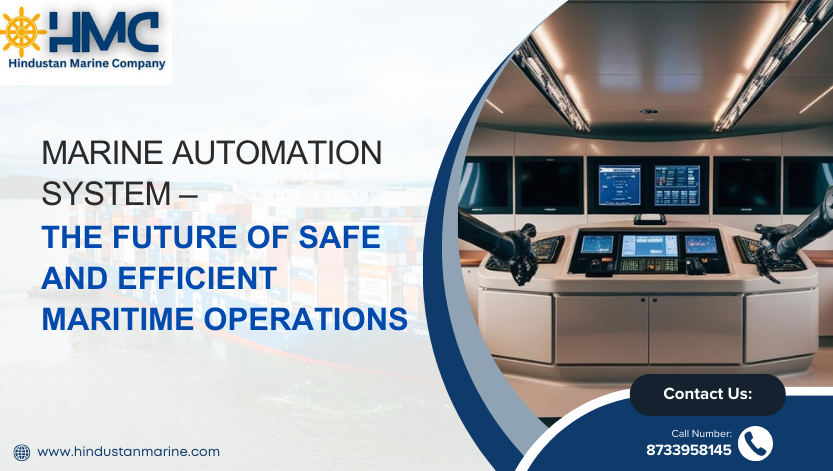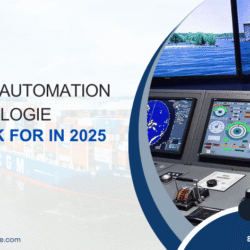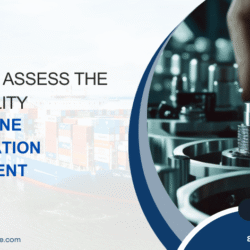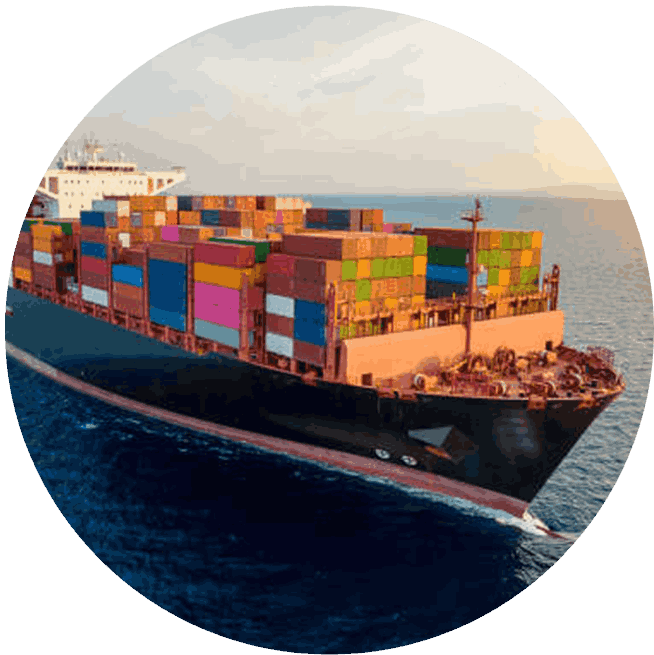
Marine Automation System – The Future of Safe and Efficient Maritime Operations
With the rapid advancement of technology, today’s ships are no longer just operated manually. From navigation to engine diagnostics, automation has revolutionized marine operations. A modern Marine Automation system ensures precise control, minimal errors, real-time alerts, and better fuel efficiency — making maritime journeys safer and smarter.
According to ARC Advisory Group’s 2024 market study, the global marine automation system market is expected to surpass USD 7.2 billion by 2027, with Asia-Pacific being the fastest-growing region.
What is a Marine Automation System?
A marine automation system refers to the integration of hardware and software technologies that monitor, control, and optimize various ship operations such as propulsion, power generation, fuel management, cargo handling, and safety systems. It automates repetitive tasks, monitors performance in real-time, and provides actionable alerts, significantly reducing the need for human intervention.
Core Components of a Marine Automation System
- Engine Control & Monitoring
- Monitors temperature, pressure, RPM, and fuel usage
- Prevents engine overloads and failure
- Power Management Systems (PMS)
- Controls generators and switchboards
- Distributes load efficiently to prevent blackouts
- Alarm & Monitoring System (AMS)
- Real-time alerts for abnormal parameters
- Essential for emergency handling and predictive maintenance
- Navigation Automation
- Integration with radar, GPS, AIS
- Auto-pilot control systems and route optimization
- Ballast Water Management System (BWMS)
- Maintains stability and complies with IMO ballast treatment standards
- Cargo Monitoring & Control
- Especially for oil, gas, or refrigerated cargo
- Maintains temperature, pressure, and fluid levels
Key Benefits of Marine Automation Systems
- Increased Operational Efficiency
Automated systems reduce manual workload and enhance vessel uptime. - Enhanced Safety
Alerts and diagnostics help avoid breakdowns and onboard hazards. - Fuel and Energy Optimization
Systems track real-time fuel consumption, load balance, and emissions, supporting green marine operations. - Reduced Human Errors
Automated decision-making based on algorithms and data eliminates misjudgments. - Regulatory Compliance
Helps meet international standards such as IMO, MARPOL, and SOLAS with real-time reporting and log data.
Applications Across the Maritime Industry
| Vessel Type | Automation Use Cases |
| Cargo Ships | Engine control, fuel monitoring, cargo handling |
| Oil Tankers | Safety alarms, ballast water automation |
| Cruise Liners | Navigation automation, HVAC and lighting control |
| Naval Vessels | Tactical system integration, damage control |
| Offshore Rigs | Remote monitoring, control of power and extraction units |
Latest Trends in Marine Automation (2025)
- AI-Driven Predictive Maintenance
Ships are equipped with AI to forecast equipment failure before it occurs. - Remote Vessel Monitoring
Shipowners can monitor engine health, location, and alerts from shore-based control rooms. - Cybersecurity in Marine Automation
As automation increases, protecting ship systems from cyber threats is critical. - Sustainable Operations
Automation helps monitor CO₂ emissions and supports compliance with IMO 2020 standards.
Choosing the Right Marine Automation System
When selecting a system, look for:
- Scalability (future expansion and integration)
- Ease of Interface (crew-friendly dashboards)
- Support and Spares (local presence and warranty)
- Certifications (IMO, ISO, DNV, ABS)
Real-World Example: How Marine Automation Saved a Voyage
In 2023, an Indian coastal cargo ship experienced a power surge. Thanks to the automated load-sharing system integrated into its marine automation panel, it rerouted power and avoided a blackout mid-sea — saving lives, cargo, and capital.
Conclusion
A marine automation system is no longer a luxury—it’s a necessity. It plays a pivotal role in efficient, safe, and compliant vessel operations. From reducing manual errors to supporting sustainability, marine automation systems are the future of smart shipping.





 Fast Delivery
Fast Delivery Easy Returns
Easy Returns Instant Quote
Instant Quote Product Demo
Product Demo